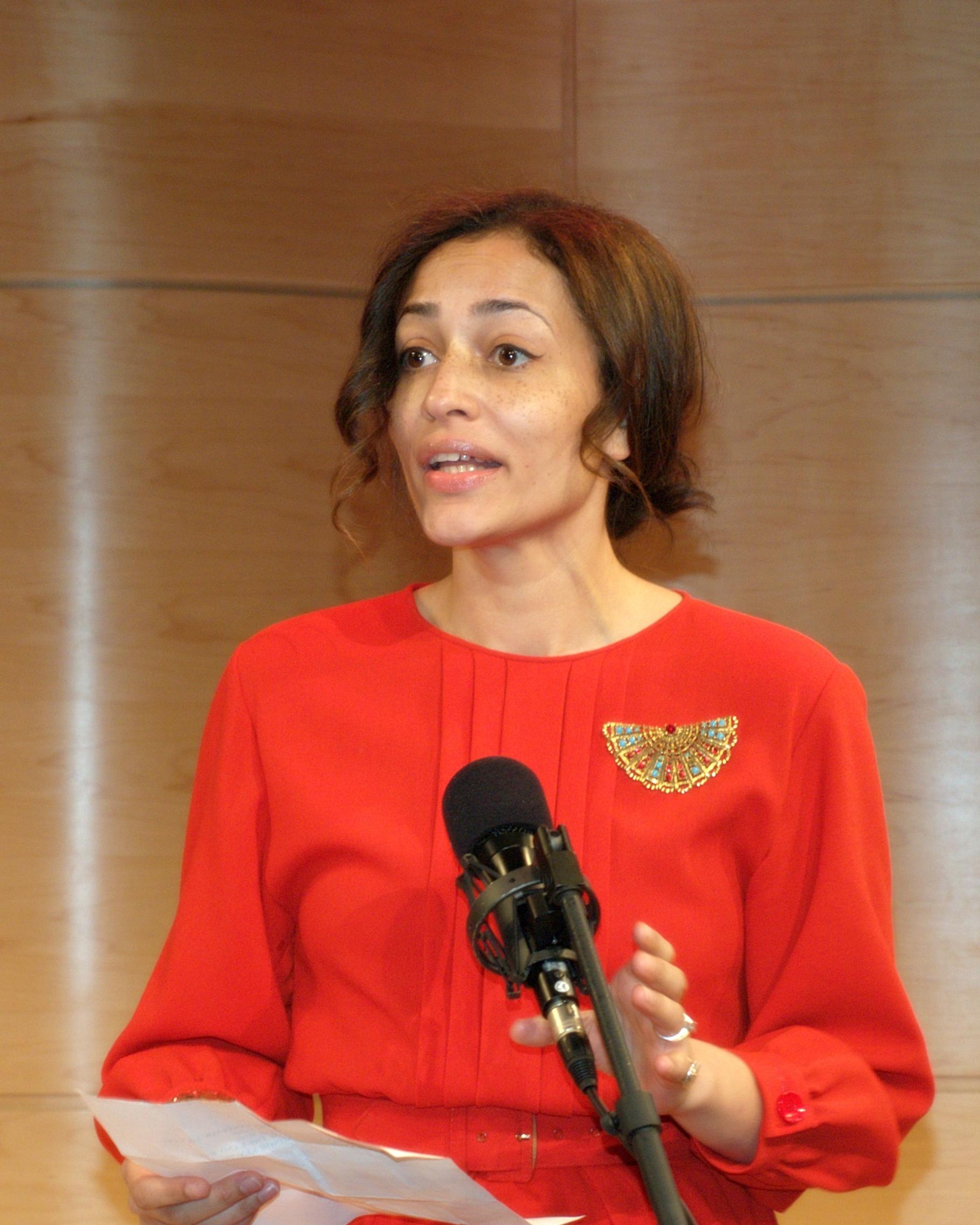Zadie Smith, an acclaimed British novelist, has carved a distinctive niche in contemporary literature through her nuanced exploration of multicultural identity. Her works, rich with diverse characters and complex narratives, delve into the intricacies of cultural intersectionality, identity formation, and the immigrant experience in modern society. In novels such as “White Teeth,” “On Beauty,” and “Swing Time,” Smith deftly navigates the mosaic of ethnicities, religions, and social backgrounds, capturing the dynamic interplay between individual identity and cultural heritage. This article examines how Smith’s narratives not only reflect the multifaceted nature of multicultural identity but also challenge readers to reconsider the ways in which identity is constructed and perceived in an increasingly globalized world. Through an analytical lens, we will explore the thematic elements and literary techniques Smith employs to portray the tensions and harmonies of multicultural existence, offering insights into the complexities of identity in the 21st century.
Zadie Smiths Narrative Techniques in Depicting Cultural Intersections
Zadie Smith employs a rich tapestry of narrative techniques to delve into the complexities of multicultural identity. One of her most distinctive methods is her use of multiple perspectives, allowing readers to see the world through the eyes of characters from diverse backgrounds. This approach not only highlights the nuances of cultural intersections but also emphasizes the subjective nature of identity itself. In novels like “White Teeth” and “Swing Time,” Smith’s characters often grapple with their hybrid identities, caught between traditional expectations and contemporary realities.
- Interwoven Storylines: Smith masterfully interlaces the lives of her characters, creating a narrative structure that mirrors the interconnectedness of different cultures.
- Dialogues and Vernacular: Her use of authentic dialogue and vernacular speech brings to life the distinct voices within multicultural communities.
- Symbolism and Metaphor: Smith employs symbolism to reflect cultural dualities, such as the use of music and dance in “Swing Time” to explore themes of belonging and displacement.
Through these techniques, Smith not only paints a vivid picture of multicultural life but also challenges readers to consider the fluid and evolving nature of identity in a globalized world.

Character Development as a Lens for Multicultural Identity
In Zadie Smith’s novels, the evolution of her characters often serves as a powerful tool for examining the intricate layers of multicultural identity. Her narratives delve into the complexities of belonging, identity, and cultural intersectionality. Through a rich tapestry of characters, Smith explores how individuals navigate their cultural identities within diverse urban settings. Smith’s characters frequently embody a fusion of multiple cultural influences, which challenges traditional notions of identity. As they develop, these characters often confront and reconcile the diverse facets of their identities, reflecting the nuanced reality of living in a multicultural world.
- Intersectionality: Smith’s characters often embody multiple cultural identities, highlighting the layered nature of multiculturalism.
- Identity Conflict: Her novels frequently explore the internal and external conflicts faced by characters as they navigate their cultural heritage.
- Urban Settings: The diverse urban landscapes in Smith’s stories serve as microcosms for multicultural societies, providing a backdrop for character development.
Through this lens, Smith’s novels not only portray the struggles and triumphs of multicultural identity but also invite readers to reflect on their own perceptions of culture and belonging. Her ability to capture the essence of multicultural experiences with authenticity and depth makes her work an invaluable contribution to contemporary literature.

The Role of Setting in Reflecting Diverse Cultural Landscapes
In Zadie Smith’s novels, the setting serves as a dynamic canvas that reflects the rich tapestry of multicultural identity. Her stories often unfold in urban landscapes, particularly in London, a city that stands as a global emblem of diversity. The neighborhoods she depicts are not mere backdrops but vibrant entities that shape and are shaped by the characters inhabiting them. Through her detailed portrayal of these environments, Smith captures the essence of a cultural mosaic, where varying traditions, languages, and histories intersect.
- Urban neighborhoods become a microcosm of the broader societal landscape, showcasing the coexistence of different cultural identities.
- The interplay of public and private spaces reflects the characters’ struggles and triumphs in navigating their multicultural identities.
- Architectural elements and local landmarks serve as cultural signifiers, adding layers of meaning and history to the narrative.
Smith’s keen attention to setting allows her to explore themes of belonging and alienation, illustrating how the physical environment influences the personal and collective identity of her characters. In doing so, she not only tells a story but also invites readers to engage with the complexities of multicultural existence, urging them to consider how place and culture are inextricably linked.

Recommendations for Further Reading on Multicultural Themes in Literature
- Chimamanda Ngozi Adichie – “Americanah”: This novel provides a nuanced examination of the immigrant experience, exploring themes of race, identity, and the complexities of living between cultures. Adichie’s storytelling is both poignant and insightful, offering readers a rich tapestry of perspectives on what it means to navigate a multicultural existence.
- Jhumpa Lahiri – “The Namesake”: Lahiri’s work delves into the intricate dynamics of a family straddling two worlds. Her narrative captures the struggles and triumphs of adapting to a new culture while preserving the heritage of the old, making it a compelling read for those interested in the immigrant narrative.
- Hanif Kureishi – “The Buddha of Suburbia”: Kureishi’s novel offers a vibrant and often humorous look at the life of a young mixed-race man in 1970s London. The book explores themes of identity, belonging, and the often tumultuous journey of self-discovery in a multicultural society.
- Rohinton Mistry – “A Fine Balance”: Set against the backdrop of India’s Emergency period, Mistry’s novel weaves together the lives of diverse characters from different backgrounds. It examines the interplay of cultural, social, and economic forces, offering a profound reflection on human resilience and the quest for identity.
- Maxine Hong Kingston – “The Woman Warrior”: This memoir blends autobiography with Chinese folklore to explore the author’s experiences growing up as a Chinese American. Kingston’s narrative challenges the conventional boundaries of storytelling and offers deep insights into the struggles of maintaining cultural identity in a foreign land.
